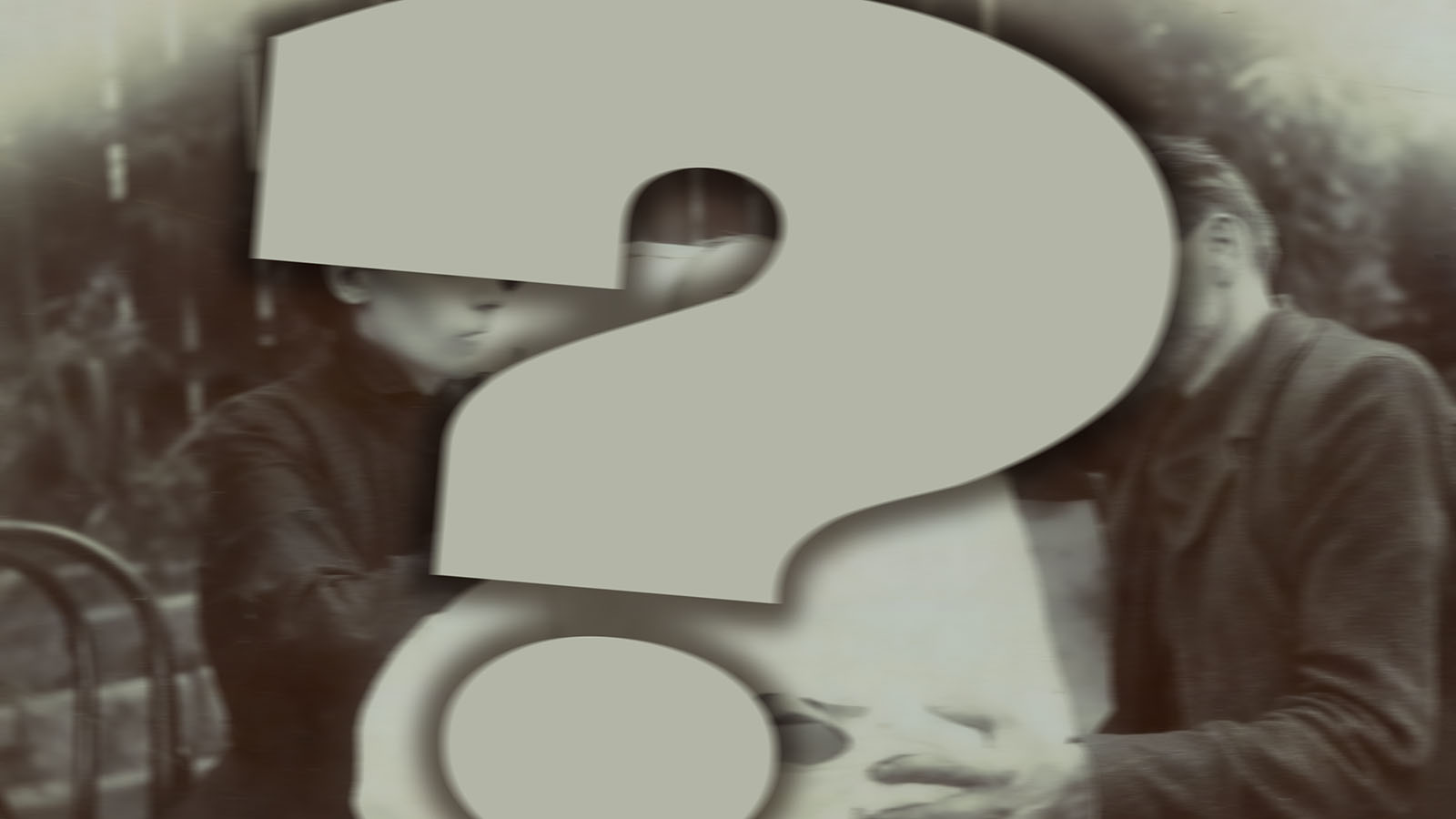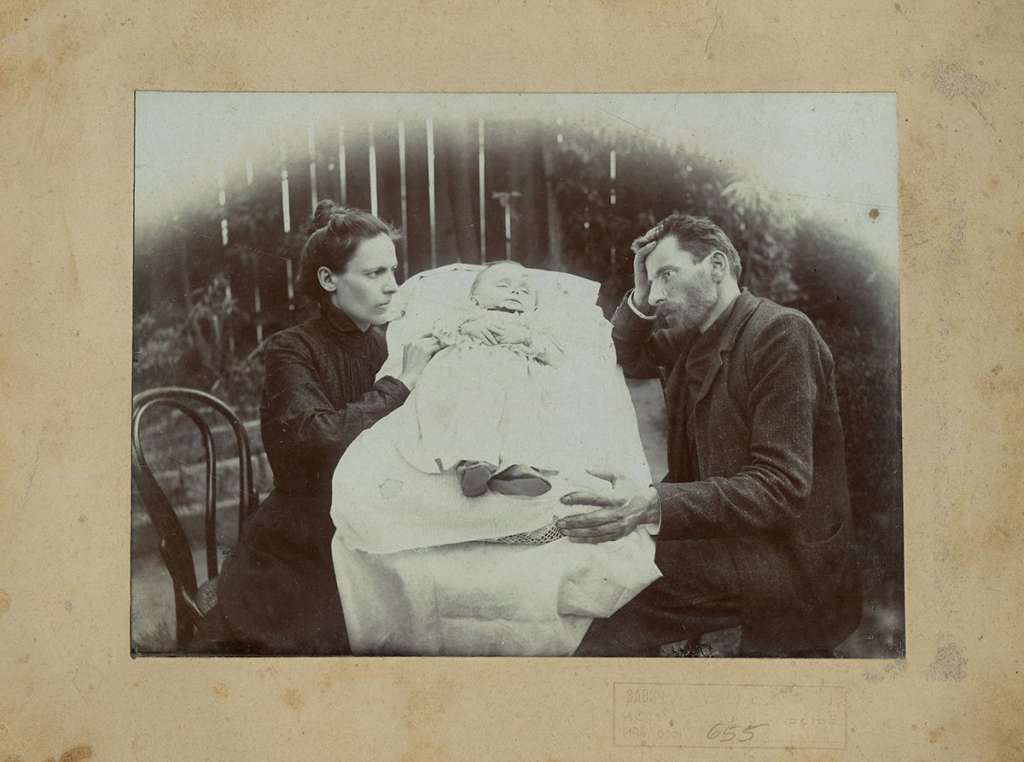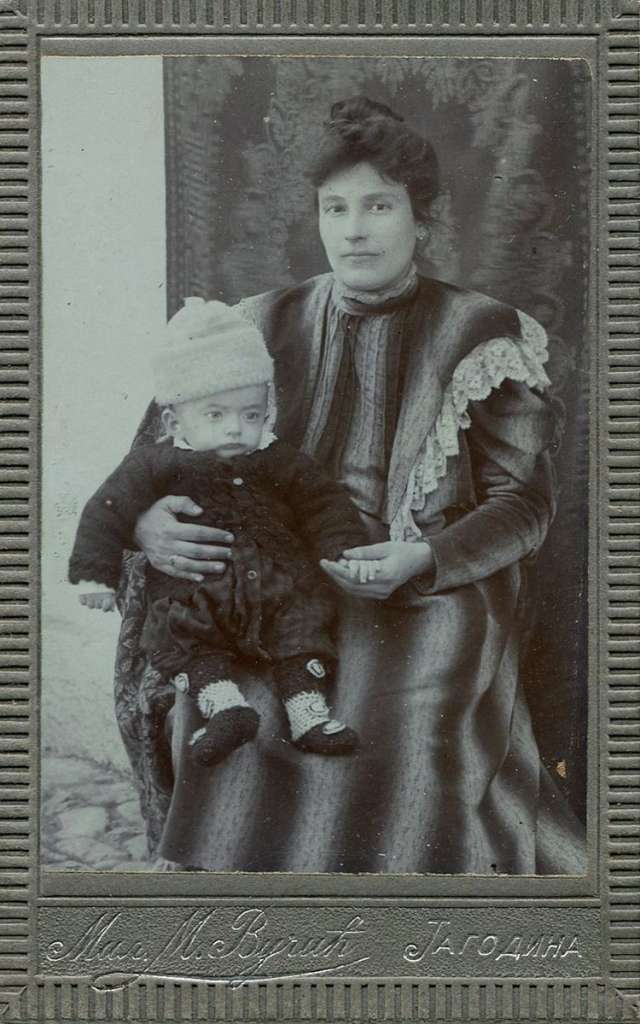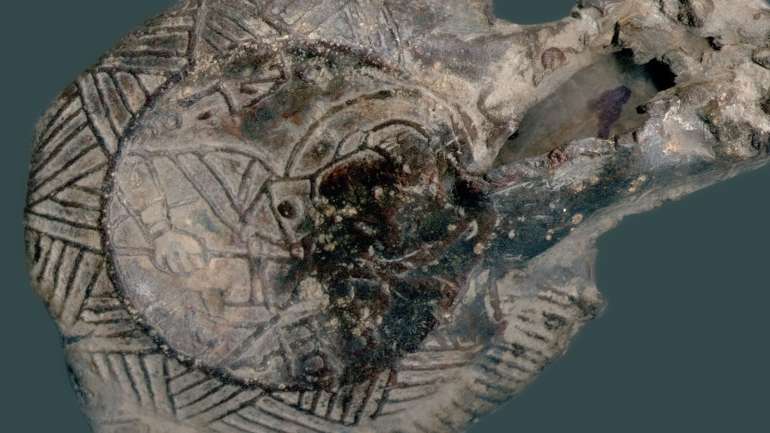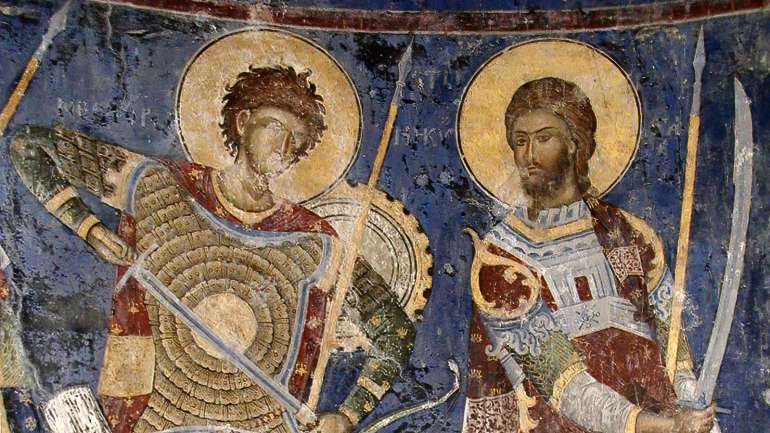By: Jasmina Trajkov, museum advisor
In the rich collection of photographs of the Regional Museum of Jagodina, the largest percentage are family photographs. Photography, as a powerful medium of mass communication, has become an indispensable part of the life of a modern bourgeois family, enabling everyone to come up with their own individual representation. In addition to being an important factor in the construction of the individual, photography also played a prominent role in the formation of family identity.
The creation of the modern civil family, which, starting from the end of the 18th century, consists of spouses with children, also conditioned more pronounced emotional relationships among the household members. The family becomes the basic core of civil society, and the child becomes the emotional center of the family. Parents invest emotional, economic and cultural capital in their children because the child means the future and ensures not only the continuity of the family, but also of the nation. Within such understandings, portraits of parents with children, and especially mothers with a child, were common. One of the basic social functions of a married union is to provide offspring, and the main role of a woman, i.e. a wife, was to give birth to an heir to the family name, to nurture and educate children and take care of the household.
During the winter months of 1905, Milan M. Vučić, photographer from Jagodina, made a portrait of Mileva Trepčanin, née Timić, holding her several-month-old son Dragoljub on her lap. She holds the baby with one hand and the boy’s small hand with the other. The child has a button-up overall, a small fur hat and knitted two-tone socks with decorative elements. This would be a very common picture of a mother with a child if there was not a very sad story behind it. Mileva-Mica Timić came from a prominent Jagodina family. She was the daughter of Milenko Timić, who was a judge in Jagodina during the last quarter of the 19th century, and Ljubica, the granddaughter of Miloje Radojković, the prince of Nahia of Jagodina. She married Vidosav Trepčanin, the leader of the socialist and labor movement in Jagodina, and in the fall of 1904 gave birth to a son Dragoljub. Unfortunately, the child died in the tenth month of life, in June 1905, just a few months after this photo was made.
Milan M. Vučić again photographed the Trepčanin family in the yard of their house during the child’s funeral. In the photo, the bereaved parents are near the bier of their only child, son Dragoljub. The child lies as if sleeping, while the parents in black clothes sit on the left and right. Their emotions are shown without pathetic poses and gestures. Their faces show pain and sadness due to the loss of their only son. The position of the parents’ hands is a particularly emotional element of this photo. The desperate father supports his head with his right hand and with his left he firmly holds the small bier on which the child rests. Not wanting to ever be separated from his little son, he seems to be trying to protect him with that gesture. Mileva looks at her husband, and gently holds her baby’s upper arm with her right hand, just as in the photo taken a few months earlier, she holds her son’s hand in hers.
The mortality of children used to be high, so post-mortem portraits of children are also represented in post-mortem photographs. Such portraits, and especially those in which the parents are photographed, clearly indicate that the child has become an equal member of a family whose members had strong emotional ties. The loss of one of the members was perceived as a traumatic event, and the death of a child caused pain, suffering and a sense of injustice in the community.
Looking at the photo of Mileva Trepčanin with her child, we can say that it is the saddest photo in our collection because we know what Mileva did not know at that moment – that she will enjoy motherhood for only a few more months and that she will soon experience great pain that time will never heal.



